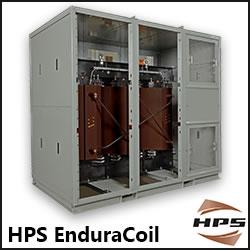BMW electric-car batteries to be used as home energy-storage devices
BMW electric-car batteries to be used as home energy-storage devices
AWEA statement: Pledge of 50 percent zero-carbon electricity by 2025 possible by growing more low-cost, reliable wind energy
What is the Deep Decarbonization Pathway Project?
Global Installed Solar Photovoltaic Capacity Will Exceed 756 GW by 2025, says GlobalData
Ecosse Subsea Systems Lands First Danish Project
IKEA of energy delivers clean, green solar power-plant in a box
Missouri is about to experiment with power from an unlikely source - its roads
California's Rule 21 Decision Comes with Big Wins for Customers
Are Microgrids Catching On?
24M's Batteries Could Better Harness Wind and Solar Power
24M's Batteries Could Better Harness Wind and Solar Power
24M's Batteries Could Better Harness Wind and Solar Power
Ingeteam takes over Bonfiglioli's PV business
Siemens presents cost out strategy for offshore wind by 2025
Records 4126 to 4140 of 39952
First | Previous | Next | Last
Featured Product

